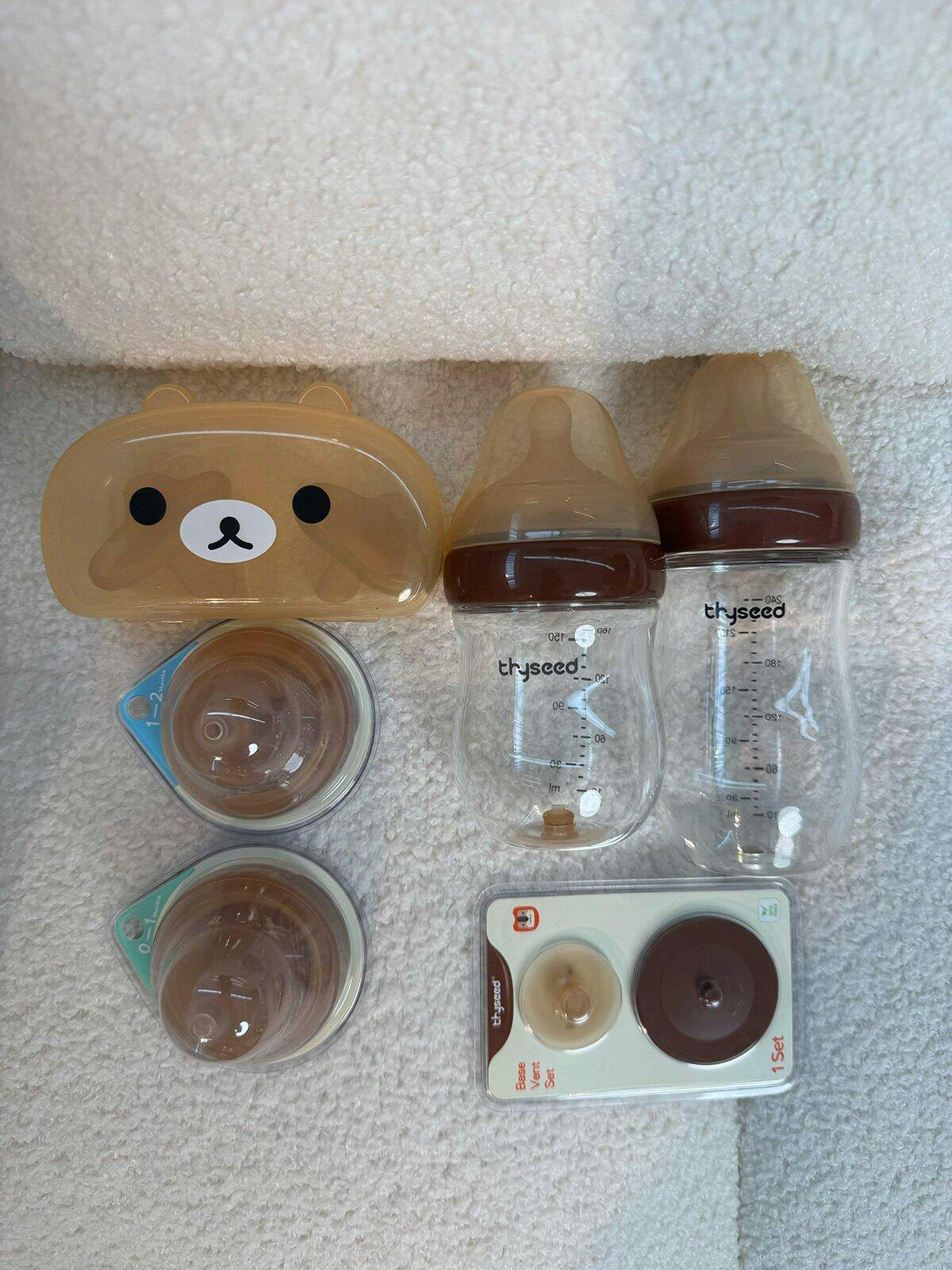Unlock the Secrets to Finding the Perfect Newborn Baby Bottles!
Choosing the right newborn baby bottles can feel like an overwhelming task for new parents. With so many options available, it's easy to get lost in the sea of choices and information. The importance of selecting the best bottle cannot be overstated, as it can significantly impact your baby's feeding experience and comfort. Many parents face challenges such as colic, gas, and nipple confusion, often stemming from using the wrong type of bottle. This article aims to guide you in making informed choices about where to purchase these essential items, ensuring that your little one has a positive feeding journey right from the start.

Understanding Newborn Baby Bottles
When it comes to newborn baby bottles, understanding the different types available is crucial. Bottles are typically made from three primary materials: plastic, glass, and silicone. Plastic bottles are lightweight and shatterproof, making them a popular choice for many parents. However, it is important to select BPA-free options to ensure safety. Glass bottles, while heavier, are durable and free of harmful chemicals, but they can break if dropped. Silicone bottles offer flexibility and are less likely to shatter, plus they are easy to clean and often come in vibrant colors.
Design plays a significant role in bottle selection as well. Newborns require specific nipple shapes and sizes to mimic natural breastfeeding. Wide-neck bottles often facilitate easier cleaning and filling, while angled designs can help reduce air intake, which may alleviate gas. The flow rate of the nipple is another critical factor; slow-flow nipples are generally recommended for newborns to prevent choking. Ultimately, choosing a bottle that matches your baby's feeding preferences can make a world of difference in their comfort and your peace of mind.
Factors to Consider When Buying Newborn Baby Bottles
As you embark on the journey of purchasing newborn baby bottles, several factors warrant consideration. First and foremost, safety standards are paramount. Look for bottles that meet the latest safety regulations and are free from harmful materials like BPA and phthalates. Cleaning ease is also crucial, as new parents often find themselves juggling multiple tasks. Opt for bottles with fewer parts or those that are dishwasher safe to simplify your routine.
Compatibility with breast pumps is another factor to consider, especially for breastfeeding mothers who may want to express milk for later use. Some bottles are designed to fit directly onto specific breast pump models, which can save time and effort during feeding sessions. Additionally, consider your baby's feeding habits. If your newborn is a fast eater, selecting a bottle with a slower flow nipple can help prevent choking and spitting up. Consulting with pediatricians or lactation consultants can provide further insights into choosing the right bottles for your baby’s unique needs.
Where to Purchase Newborn Baby Bottles
When it comes to purchasing newborn baby bottles, you have a variety of options at your disposal. Online retailers offer the convenience of browsing a wide selection from the comfort of your own home, often with customer reviews to guide your choices. However, one potential downside is the inability to physically inspect the products before buying.
Local baby stores present another option, allowing you to see and feel the bottles firsthand. This can be particularly beneficial for parents who want to assess the materials and designs before making a decision. Additionally, department stores often carry a range of baby products, providing a one-stop-shop experience. Each purchasing option has its benefits, so consider what aligns best with your preferences and needs.
Tips for Choosing the Best Bottles for Your Newborn
To ensure you find the best bottles for your newborn, it’s wise to gather insights from various sources. Start by reading online reviews and seeking recommendations from friends and family. A close friend of mine raved about a particular bottle that worked wonders for her baby, leading me to explore it for my own child. Personal experiences can provide valuable guidance and help you narrow down your options.
Consider your baby's preferences as well. Some babies may prefer certain nipple shapes or materials, so it may take some trial and error to discover what works best. Don't hesitate to try different types and brands; many parents find success in a combination of bottles. Lastly, pay attention to your baby's feeding habits and adjust your bottle choices accordingly. By taking the time to experiment, you can ensure a more enjoyable feeding experience for both you and your little one.
Final Thoughts on Selecting Newborn Baby Bottles
In summary, selecting the right newborn baby bottles is a vital step in ensuring a positive feeding experience for both baby and parents. By understanding the different types of bottles available, considering essential factors, and knowing where to purchase them, you can make informed choices that cater to your baby's needs. Remember, it's essential to take your time during this process. After all, the right bottle can not only facilitate healthy feeding but also foster a stronger bond between you and your baby. Happy bottle shopping!














